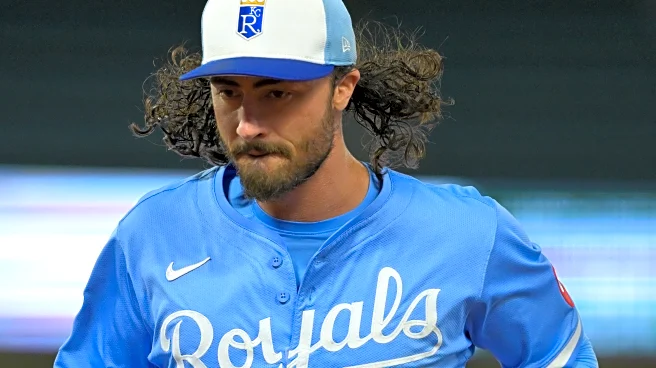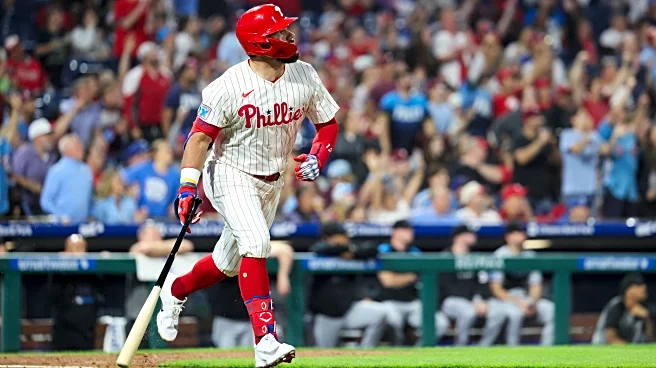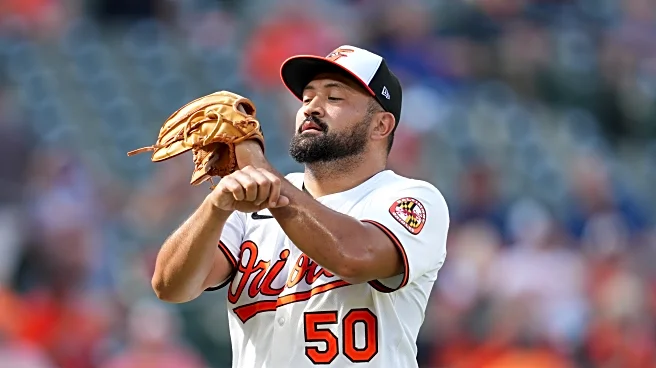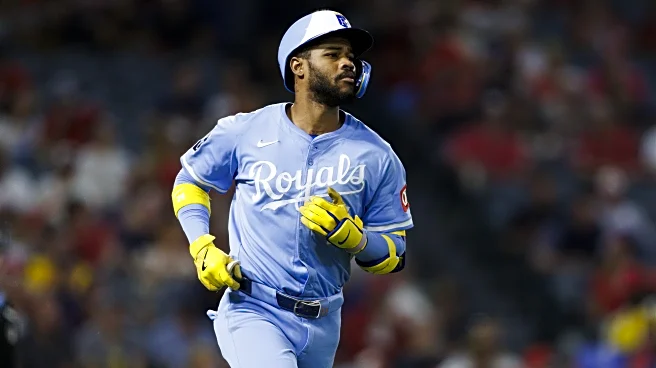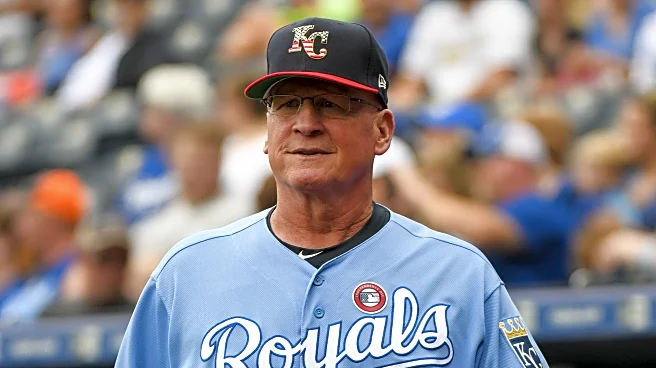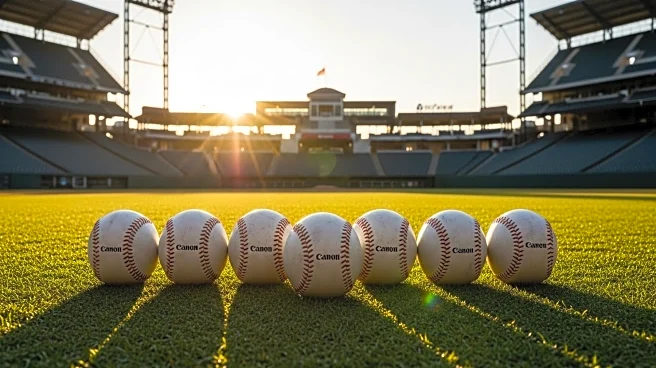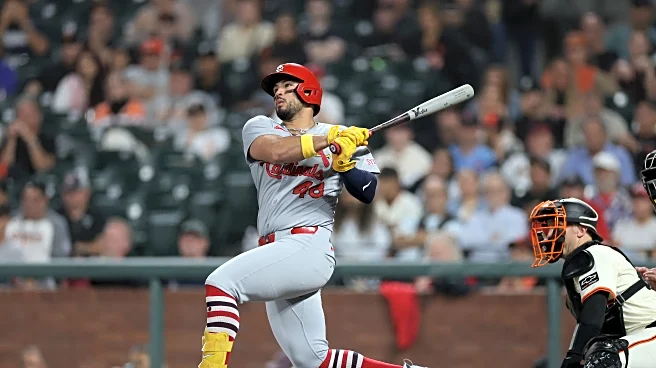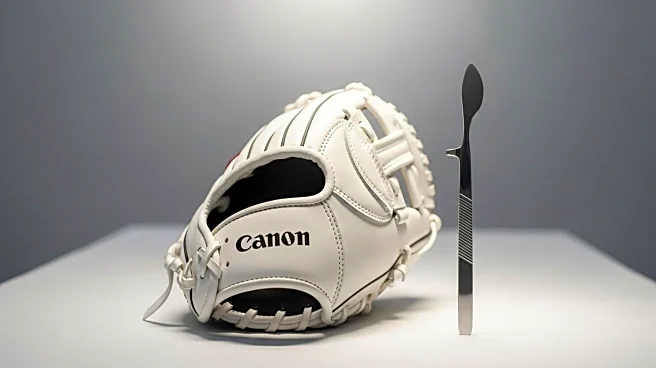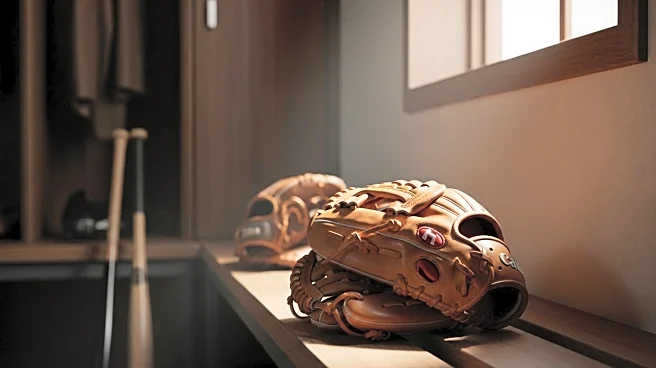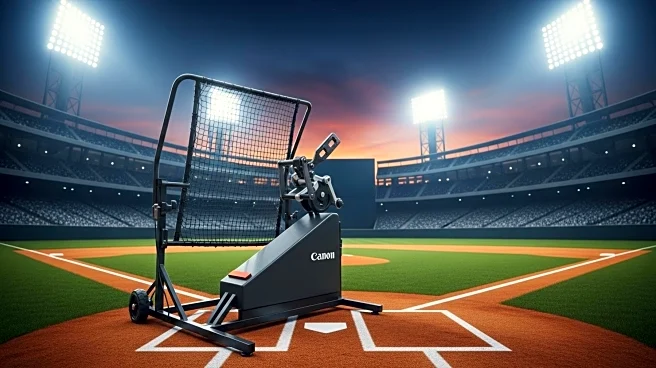When the Royals City Connect jerseys came out, I wanted one immediately. I love the jersey. Also, quite immediately, I knew exactly which player’s name I wanted emblazoned on the back. Readers, it was
Brady Singer.
As such, I take the blame for the Brady Singer – Jonathan India trade. It’s hard to talk about India’s season without mentioning Singer. Overall, Singer had a solid season, hanging right around a 4.00 ERA (and peripherals) for 2.9 fWAR. He did Brady Singer things, including not pitching in the postseason (sadly). It was relatively unremarkable. Or normal. Cromulent. However you’d like to say it.
India, on the other hand, had anything but a cromulent season. The expectation coming into the season was that the Royals had found their leadoff hitter. The table-setter in front of Bobby Witt Jr that could unleash Witt’s RBI potential. That…did not really happen.
The top-line numbers are these — .233 / .323 / .346 for an 89 wRC+, a career worst. His .113 ISO was the lowest it’s ever been. With defensive numbers on FanGraphs that were…unkind…that all combined for -0.3 fWAR.
That is most definitely not what the Royals envisioned. What happened?
At the beginning, India was a lock for the leadoff spot. Whenever he started, he was hitting leadoff all the way until early August, when Matt Quatraro finally moved him closer to the bottom of the order. That didn’t seem to do a whole lot, as his performance was mostly bad in any lineup slot. But a worse hitter is better buried at the bottom than consistently making outs in front of Witt, Vinnie, Maikel, and Salvy.
He was a bit unlucky – Statcast’s expected metrics vs. actual metrics show some difference. Having said that, there are two issues that jumped out at me. One, he wasn’t punishing fastballs, and as a result he saw a career-high rate of fastballs thrown to him. He just really struggled to punish strikes. That’s a bad position for any hitter. On top of that, the vast majority of fly balls he hit were cans of corn. He was not doing any damage in the air – he had a .138 batting average / .356 slugging percentage on fly balls, good for a 22 wRC+. His career worst prior to 2025 on this metric was 84 wRC+ in 2022 (.181/.533). Almost any ball India put in the air was an automatic out, especially to the opposite field (like more than is usual).
I feel like his performance on fly balls *could* regress to the mean in 2026, but the inability to hit fastballs combined with seeing a higher rate of fastballs tells me that pitchers just didn’t fear him this year. His plate discipline remains an asset, but it’s not good enough to cover up stark weakness on contact.
On defense, India alternated mostly between third base and left field until Maikel Garcia earned the every day third base spot and Michael Massey’s back eventually needed a break. India did not really show he could handle left field, for that matter, so perhaps it was best for all parties involved. In mid-May, India became the every day second baseman, sometimes getting some DH slots for a break.
It did not matter all that much where he was playing. The defensive metrics were not kind to his performance. I remember all-too-many frustrated social media posts when he booted a grounder at second base or failed a double play flip. He did not really have a good defensive reputation before 2025, though, so I do not think anything that occurred this year was different than the perception coming into the year. He is who he is, and we all knew who he was on defense.
India was mostly durable – there may have been some day-to-day type issues early in the season, but he had only one stint on the IL, in September for a sprained wrist.
So what’s next? The Royals will retain India’s contractual rights for the 2026 season, should they wish a reunion. Michael Massey’s back cannot be relied on for second base, so at this point India is the primary second baseman. After being paid about $7M in 2025, India will enter his final year of arbitration for 2026 before becoming a free agent for the 2027 season. MLBTR projects $7.4M for India in 2026, a small raise. If the Royals bring him back, I’m sure they’ll try to squeeze a few dollars out of that number after what can only be described as a disappointing season.
Given how the season went, it’s a little hard to keep a level head about the trade. Singer performed pretty much exactly as expected, turning in 32 starts of reliable ball. India did not live up to his end of the deal. But when I think back to when the trade happened, it made a whole lot of sense to me. Pitchers get injured, and the Royals have enviable pitching depth. The process was sound.
After a rough season, I’m hoping next year India can rebound and provide his on-base skills somewhere in the lineup.
